The Marquee Club, London
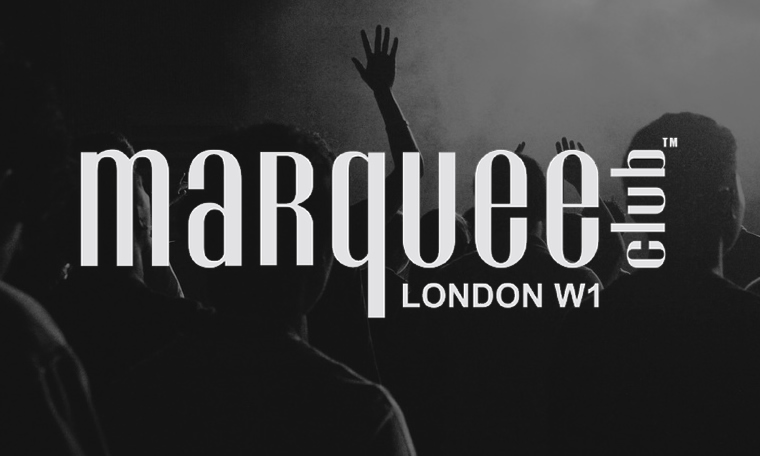

On Dec 1st 1964, The Who played the first of 22 consecutive Tuesday night gigs at The Marquee Club in London. The band were paid £50 for each gig. During this period, the group were appearing anywhere they could; playing in back rooms in pubs and small clubs in and around the London area.
Keith Moon once said The Marquee was the only place that had any influence, where managers and promoters and the press could see you. They had a very discerning audience; Moon admitted that playing at the marquee helped The Who develop their musical ideas. The Marquee helped The Who (and many other bands) find their feet. “Maximum R&B” said the poster for these Who gigs — and it was.
In the same week The Who released their debut album My Generation in the UK (it didn’t hit the shops in the US until the following year). The members of The Who later dismissed their debut as something of a rush job that did not accurately represent their stage performance of the time — but nothing could. Already The Who live were loud, violent, and chaotic. The album saw the British group covering songs by James Brown and Bo Diddley as well as performing their own compositions. Future Led Zeppelin guitarist Jimmy Page played on the album; you can hear his lead guitar on the track “Bald Headed Woman”.
The Marquee club was established by Harold Pendleton, an accountant whose love of jazz had led him to become secretary of the National Jazz Federation. Originally it was located in the Marquee Ballroom in the basement of the Academy Cinema in Oxford Street, where dances had been held since the early 1950s. The first Jazz at the Marquee night was held on 19 April 1958. Johnny Dankworth, Chris Barber, Alexis Korner and Cyril Davies were early resident performers. In 1962 the club began a regular R&B night that occasionally featured visiting American musicians such as Muddy Waters.
During the ’60s, a new generation of British rhythm and blues bands such as the Rolling Stones, The Yardbirds, The Animals, Manfred Mann (who hold the record for the most appearances — 102!), and John Mayall forged the coming of a new era in pop music at the Marquee.
On March 13, 1964, the venue was relocated to its most famous location in London’s Soho district, at 90 Wardour Street. The Marquee became the most important venue for the emerging British scene and witnessed the birth and rise of some of the most important artists in the ’60s and ’70s such as David Bowie (who would play lunchtime shows), Jimi Hendrix (who appeared four times), Pink Floyd, Cream, Led Zeppelin, Free, Queen, Yes, Genesis, Jethro Tull, Rod Stewart, and many others.
The Who went on to make some of the best rock and pop records ever, have sold over 100 million records, and have charted over 25 Top 40 singles. The classic lineup of Roger Daltrey, Pete Townshend, John Entwistle, and Keith Moon can stand next to any other great British band, including Zeppelin, The Stones, The Kinks, and The Beatles.
The way live music is today makes it hard to imagine how important a live venue like The Marquee was. We don’t have venues like this anymore, which is such a shame. Can you imagine a club now where all the happening acts were appearing? The Marquee helped launch the careers of so many great acts, so many of whom are still around today, which says a lot for them — and the state of live music today.


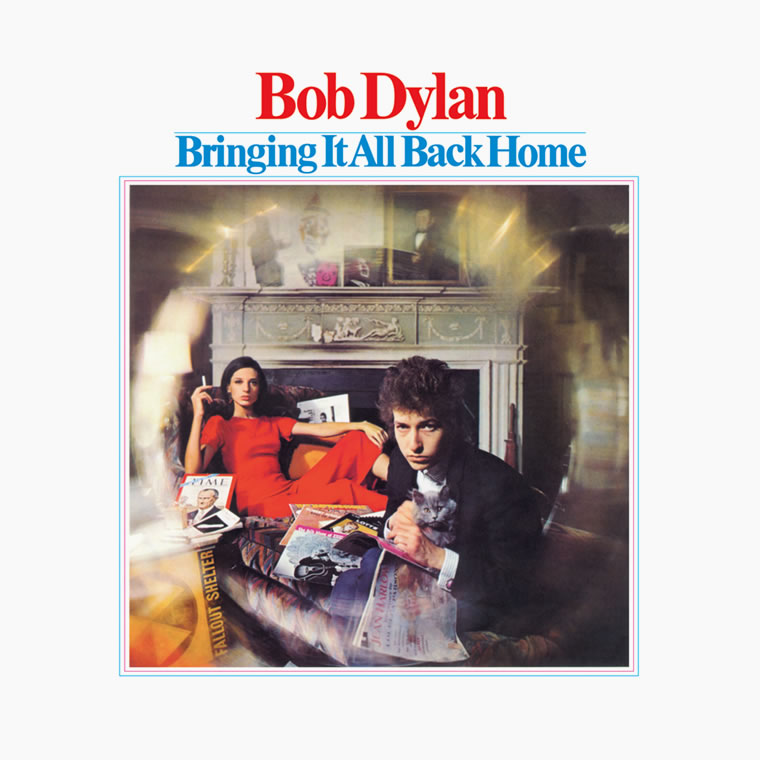
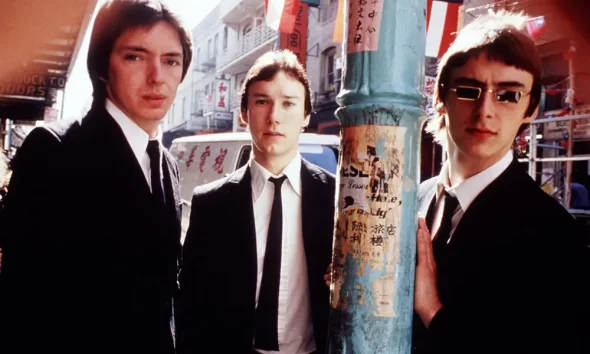
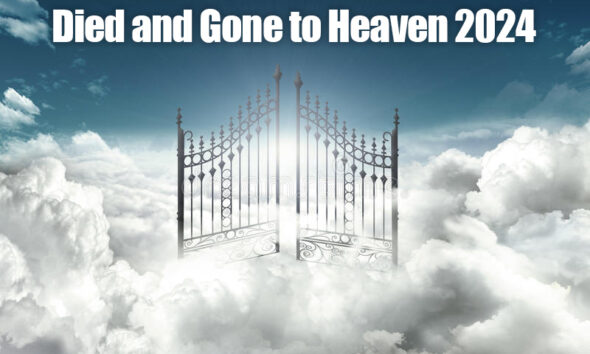
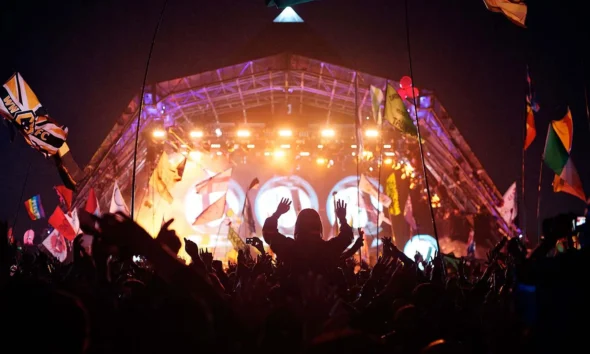
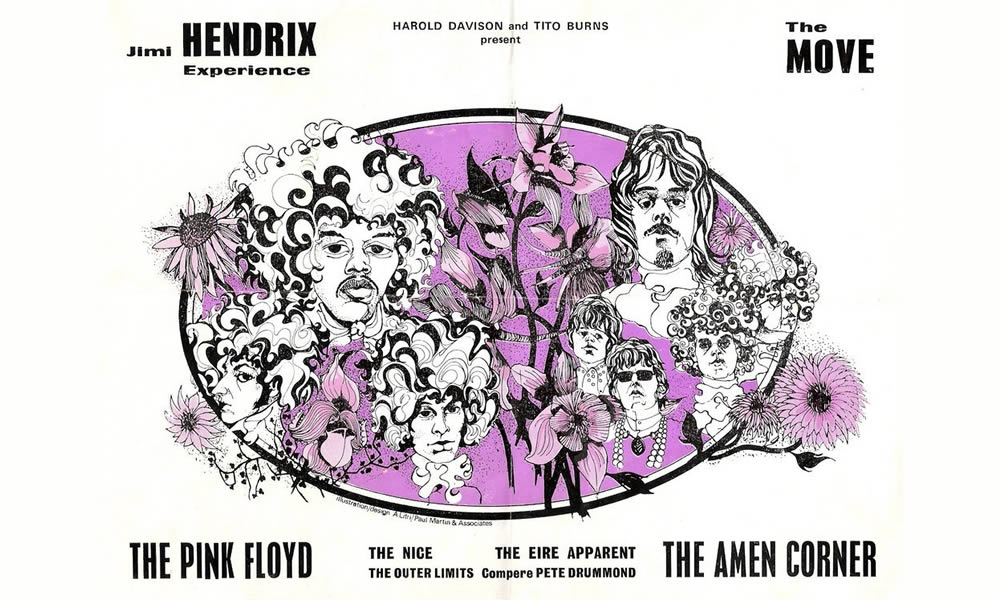
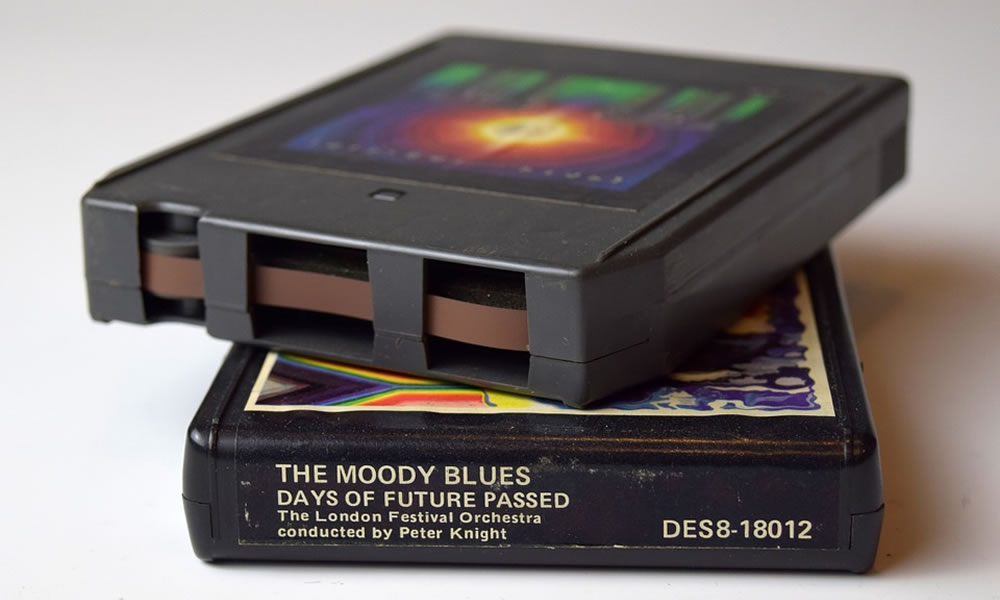


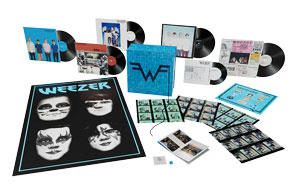
John Wayne Munro
December 7, 2020 at 8:31 pm
To whom this may concern how can I buy a poster
+ 1.827917 BTC.NEXT - https://graph.org/Message--0484-03-25?hs=05df8c596bc1de669a9440c96ad541a0&
April 12, 2025 at 9:14 pm
4a8w7z